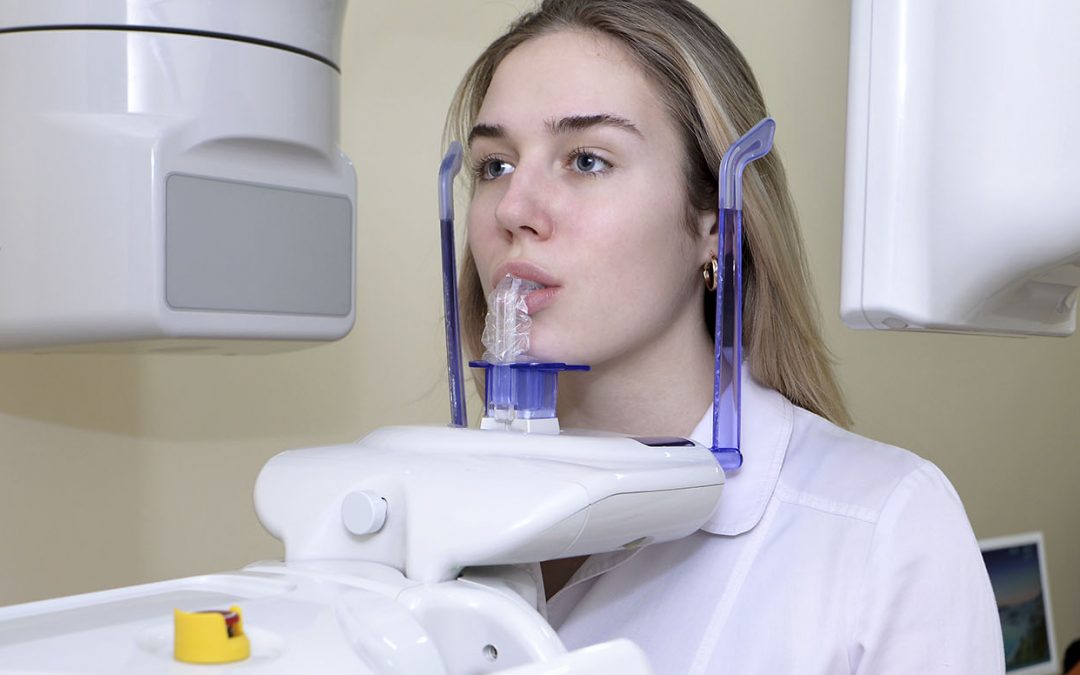ISO 9693 Metal-Ceramic Adhesion Testing
The ISO 9693 standard provides a method to assess the metal-ceramic adhesion of dental devices, which is critical for ensuring their durability and performance. This testing ensures that dental crowns, bridges, and other restorations can withstand the stresses encountered during normal use without delamination or failure.
The procedure involves bonding a ceramic sample to a metallic substrate using an appropriate adhesive, then subjecting this composite structure to mechanical loading until it fails. The standard specifies various parameters such as the type of adhesives and testing machines that can be used for achieving consistent results across different laboratories.
This test is essential for quality assurance in dental device manufacturing because it helps identify potential weaknesses early in the development process, thus preventing costly recalls later on. Compliance with ISO 9693 ensures that products meet international standards of reliability and safety.
The testing procedure typically involves several steps:
- Selection of appropriate metal-ceramic pairs
- Precise preparation of the metallic substrates
- Application of adhesives according to specified guidelines
- Curing under controlled conditions
- Mechanical testing using tensile or shear testers
The results are analyzed based on the location and mode of failure, which can indicate whether there were issues during bonding or if the materials themselves have inherent flaws.
For accurate interpretation, it's important to understand how this testing fits into broader quality control frameworks for dental devices. It complements other tests like volumetric shrinkage measurements (ISO 13852) and thermal cycling evaluations (ISO 14079).
The standard has been updated several times since its initial publication in the late 1990s, reflecting advancements in dental materials science. Understanding these updates helps manufacturers stay compliant with current best practices.
| Version | Date of Publication | Main Changes |
|---|---|---|
| ISO 9693:1998 | June 1998 | Initial version specifying basic requirements |
| ISO 9693:2005 | March 2005 | Incorporation of more advanced bonding techniques |
| ISO 9693:2017 | June 2017 | Enhancements for improved accuracy and repeatability |
Industry Applications
Dental device manufacturers rely heavily on ISO 9693 testing to ensure that their products meet stringent quality standards. This includes not only final product validation but also R&D phases where new materials and bonding technologies are evaluated.
| Industry Segment | Application |
|---|---|
| Dental Implants | Evaluation of bonding between titanium implants and ceramic abutments. |
| Veneers | Testing the adhesion strength between dental porcelain and underlying metal. |
| Crowns | Assessing the durability of bonding in all-ceramic or ceramic-metal composite crowns. |
Why Choose This Test
- Ensures compliance with international standards for dental device quality.
- Provides reliable data on metal-ceramic adhesion, crucial for product longevity and patient safety.
- Aids in the early detection of material compatibility issues during R&D.
- Facilitates consistent results across different laboratories through standardized procedures.
- Supports continuous improvement by identifying areas requiring enhancement based on test outcomes.





